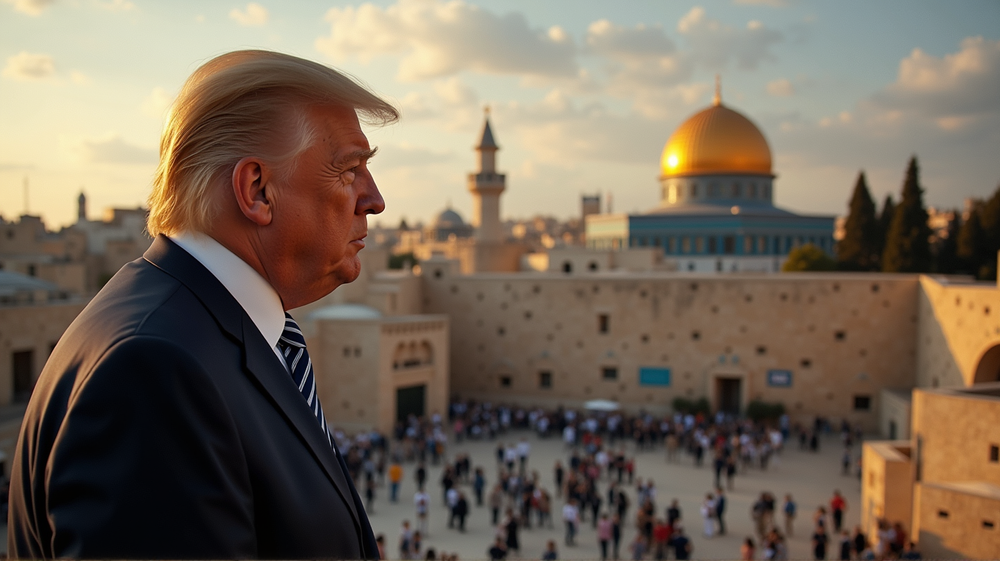The recent visit of former President Donald Trump to the Middle East heralded a temporary ceasefire, sparking debates on whether this marks a true road to peace or is merely a diplomatic charade. As observers attempt to make sense of this complex scenario, one must ask: Is this ceasefire a genuine victory or simply a theatrical display with little substance?
A Highlighted Role in a Shared Effort
Donald Trump’s swiftly organized visits to Israel and Egypt were strategic appearances aimed to showcase his perceived diplomatic victories. His speeches in Jerusalem and Sharm el-Sheikh often painted the picture of a man relishing his authority, much like a director overseeing his production on a grand historical set. While Trump’s decisive influence is undisputed in securing the ceasefire and hostage exchange deals, as stated by BBC, it is crucial to acknowledge the multilateral efforts alongside Qatar, Turkey, and Egypt that made it possible.
The Incomplete Picture of Peace
The ceasefire agreement facilitated an exchange of hostages for prisoners, yet falls short of being classified as a peace agreement. As the dust settles, the frailty of the truce becomes evident, with cracks already visible just 24 hours in. Israel’s decision to restrict aid flows into Gaza in response to Hamas’s delayed return of hostages’ bodies illustrates the suspicions and operational intricacies that accompany peace efforts.
Tensions Beyond the Headlines: The Political Landscape
Trump’s transactional approach to foreign policy prioritizes U.S. interests, diverging from his predecessor Joe Biden’s more Israel-centric stance. While the former President’s Gaza vision includes demilitarization and establishing governance led by a multinational committee, the resilience and weaponization of Hamas, coupled with regional allegiances, create a volatile and combative atmosphere.
Reality Bites: Reinforcing the Peace Façade
The grisly nature of extrajudicial executions within Gaza, coupled with IDF’s precarious control measures and the retaliatory instincts of both sides, underscores the fragile nature of this temporary cessation. As diplomatic gears turn towards raising a robust International Stabilisation Force, the efficacy of imposing a long-term peace solution remains fraught with challenges.
Historical Perspectives and Future Steps
Trump’s bold claim that his deal could resolve generational conflicts seems overly ambitious given historical precedents. The legacy of preceding U.S. presidents trying to pacify the Middle East echoes the recurring struggle between aspirational peacemaking and the harsh realities on the ground. For now, this ceasefire may endure as a testament to diplomatic dialogue, but a true and permanent accord requires unwavering political resolve and the courage to sacrifice entrenched ambitions.
Only time will tell if Trump’s declaration of an end to historical hostilities between Arabs and Jews translates into enduring peace or fades into the annals of well-intentioned yet ineffective diplomacy.












